Listeners:
Top listeners:
-
play_arrow
WPTS-FM
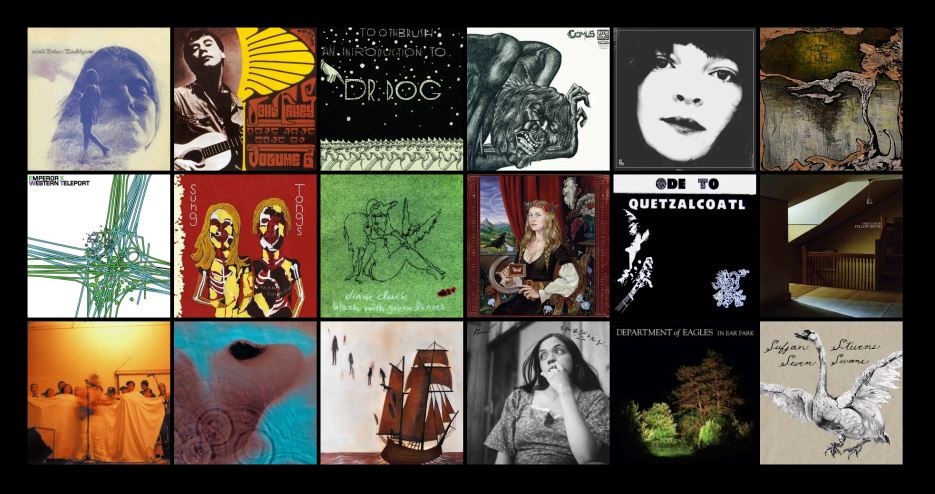
by Mandy Devine
Starter Packs is a new series in which a WPTS staffer provides an overview of one of their favorite niche genres. Be on the lookout for future installments of the series.
Whether you call it psychedelic, acid, or freak folk, this distinctly dreamy subgenre was born from 60s psychedelic rock and traditional folk. While not strictly acoustic, psych folk generally contains or draws from acoustic instrumentation to create a dreamy, trance-like effect. The genre formed and blossomed through the 60s and 70s but slowed down in the 80s. The 90s saw a revival and reinvention of the genre marking the start of the loosely defined “freak folk” subgenre. Psych folk continues to thrive and evolve today drawing from both early pioneers and current experimentalists within the genre.
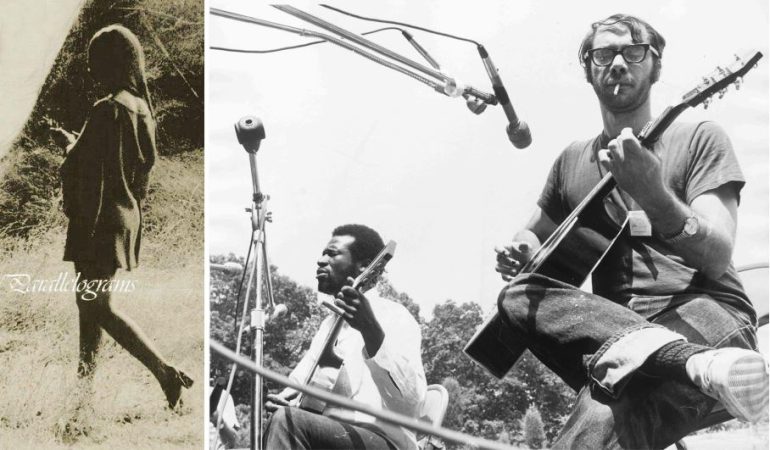
Birth and Early History
The foundation of emerging psych folk was built on John Fahey’s development of the “primitive guitar” style, drawn from string bands and country blues fingerpicking. Using a lone steel string guitar set to open tuning, Fahey created a sort of reflective, melancholic mood in his works that was drawn upon in emerging experimental folk. Amongst him lie other early pioneers of the genre including Jefferson Airplane, the Incredible String Band, and Pink Floyd, all of whom set the tone for psychedelic rock. Other giants like Donovan and David Crosby conducted dreamier sonic experiments in Donovan’s Sunshine Superman and the Hurdy Gurdy Man along with Crosby’s If Only I Could Remember My Name. The quintessential “mother” of later psych/freak folk, Linda Perhacs, takes listeners on a journey through a foggy day or a prophetic dream in her album Parallelograms. Her work blends traditional acoustic guitar and drum rhythms with trance-like, echoing instrumentation and vocals. While tracks like “Dolphin” and “Sandy Toes” lean closer to traditional folk music through soft vocals and trawling guitar, tracks like “Parallelograms” break away with eerie vocals and distorted, warped instrumentation. Despite the lack of attention upon its release, Parallelograms went on to inspire countless folk pioneers after Perhacs.
90s – 00s Revival
Though psych folk had a decade-long lull, the genre came back with full force at the end of the century amidst the grunge of the 90s. Surreal, Louisiana-grown Neutral Milk Hotel brought an entirely new approach to psych rock with grating, fuzzy recordings and strangely bucolic lyrics. Albums On
Avery Island and the critically acclaimed In the Aeroplane Over the Sea feature crunchy guitar and drums along with the distinct vocals of Jeff Magnum. Magnum would go on to produce similar trippy folk-rock in bands like The Olivia Tremor Control, Cranberry Lifecycle, and Synthetic Flying Machine. Animal Collective also embraced this heavy lo-fi sound in Spirit They’re Gone, They’ve Vanished and Feels to bring listeners along for an unsettling, overstimulating journey. Their 2004 album Sung Tongs embodies a more acoustic sound with overlaying distorted vocals, chants, and drums in tracks like “You Could Win a Rabbit” and “Leaf House”. The Microphones follow suit with a uniquely hollow, lonely sound in albums like Tests and Song Islands where gentle guitar and drums accompany the somber voice of Phil Elverum. Critically acclaimed The Glow pt. 2 features a distorted and energetic yet bleak sound as gentle melodies give way to deafening drums that drown out every voice, sound, and thought of listeners. Other artists like Joanna Newsom, Akron/Family, and Devendra Banhart also shaped the genre in this decade of revival. Overall, this era of freak folk featured a wide range of different, distinct sounds from artist to artist–a testament to the evolution of the genre as a whole.
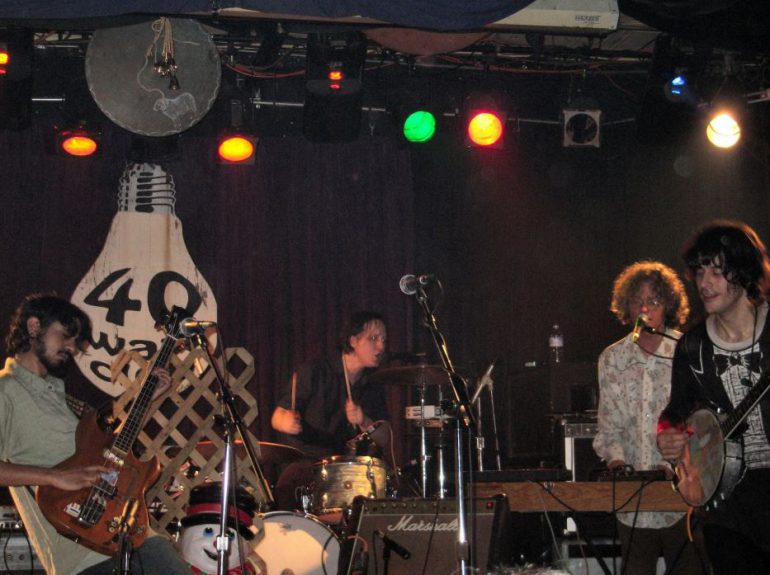
Contemporary Artists
Though the 90s are widely considered the “peak” of psych folk, there’s no less development and experimentation today. The Decemberists put a new spin on pastoral lyrics and traditional instrumentation in their 2000s albums Castaways and Cutouts and Picaresque. Sufjan Stevens continually embodies a gentle, atmospheric psych folk feel from his earliest works to his most recent, Javelin. Similarly, the Microphones and Phil Elverum’s works live on through his project Mount Eerie, particularly in his most recent somber, crushing work (after), a rerecording of the equally introspective A Crow Looked at Me. Works like The Microphones in 2020 embody a raw retelling of Elverum’s life through standalone guitar, freeform poem-like lyrics contrasted with full, distorted bass that pull listeners through every up and down. Grouper’s The Man Who Died in His Boat blends haunting vocals with solemn guitar to emulate a wispy dream that feels all too familiar. Lastly, and most recently, Jessica Pratt’s On Your Own Love Again and Adrienne Lenker’s Songs each create a dreamy atmosphere through echoey solo guitar and soft, poetic lyrics that imitate a soft retelling of a lullaby.
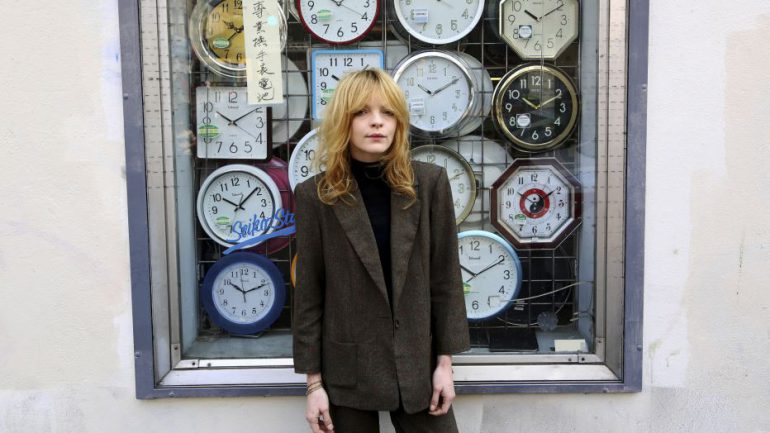
Recommended Underrepresented Artists
The artists I’ve covered so far are the most significant contributors to freak folk that shaped the sound of the genre, but there are many other works across the past 60 years that deserve equal attention. Dave Bixby’s Ode to Quetzalcoatl (1969) really puts the “psychedelic” in psych folk- starting off strong with “Drug Song”. To cherry pick tracks from this album would be a disservice; the work is one long trip pulling you from warm sunny fields to the top of lonely, foggy mountains. Comus’ First Utterance takes psych folk back to a medieval world with fiddle, chants, and all. The biting voice of Roger Wooton and scratchy fiddle in the track “Drip Drip” contrasts with the haunting, fragile ballad of “The Herald” to paint a lyrical and sonic picture that can transport any listener straight to their final moments at the gallows. This absolutely revolutionary, underrated 1971 album is a must listen for any folk, prog, or medieval studies enthusiast. Moving towards the current era, Diane Cluck’s Black With Green Leaves (2002) and Julian Lynch’s Terra is for those seeking a softer, somber listen while Emperor X’s Western Teleport (2011) offers a harsher, distorted sound. Lastly, a work I urge any listener with even a small amount of interest in the genre to consider is Dr. Dog’s debut album Toothbrush (2003). Though the band has moved in different sonic directions since, their first work encompasses both the wiry feel of traditional folk and the fuzzy, transcendent sound of the psych/freak folk subgenre. It’s been my favorite album for years, and I hope a listen will show you why.
Written by: wpts07
2024 freak folk Mandy Devine psychedelic psychedlic folk Starter Packs
Similar posts
Post comments (1)
Now Playing

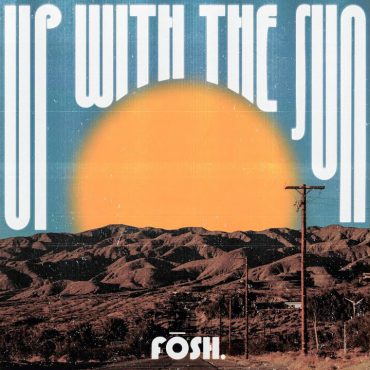

Margaret Balich on February 15, 2024
I love this article! Great job Mandy!